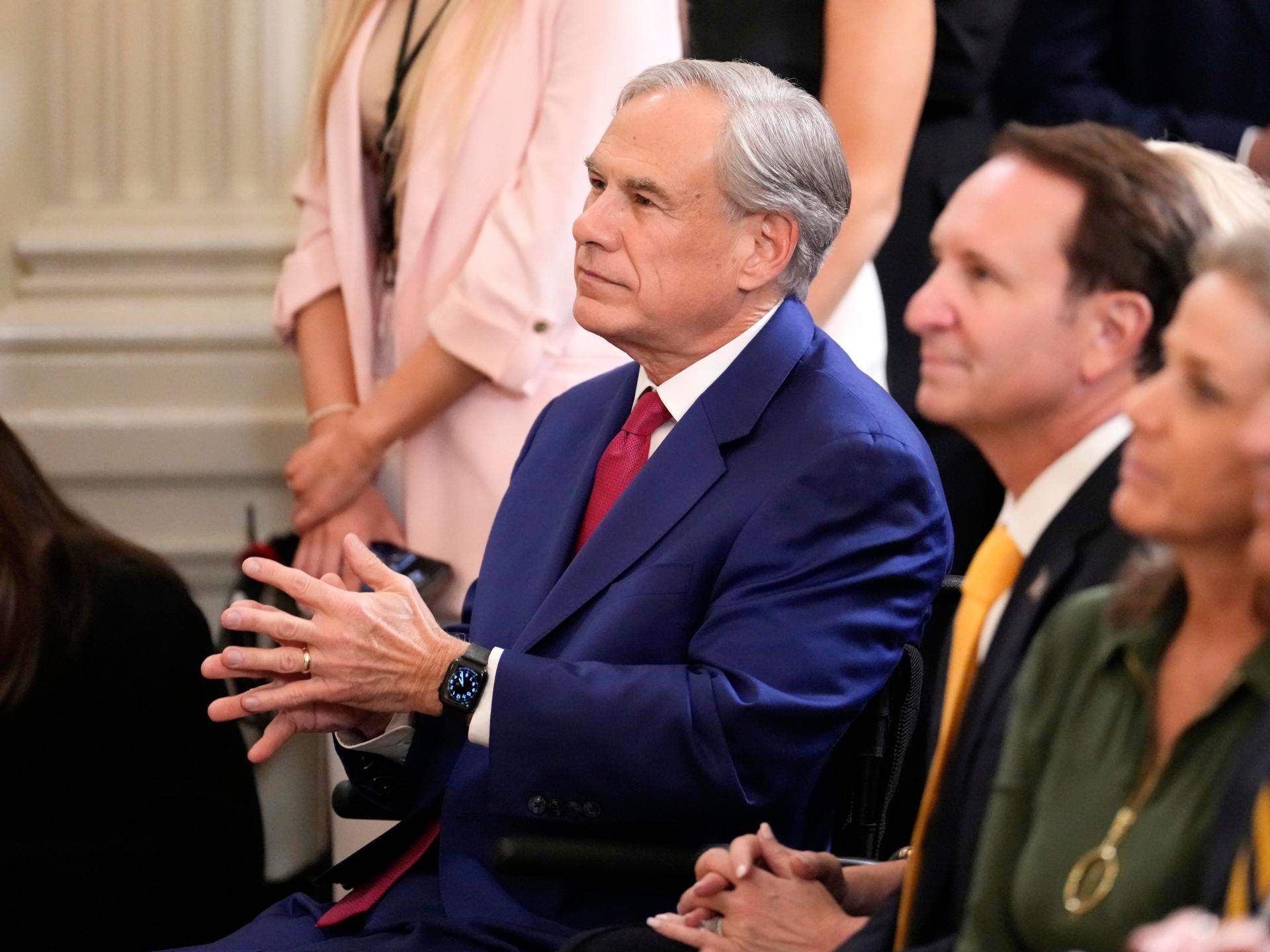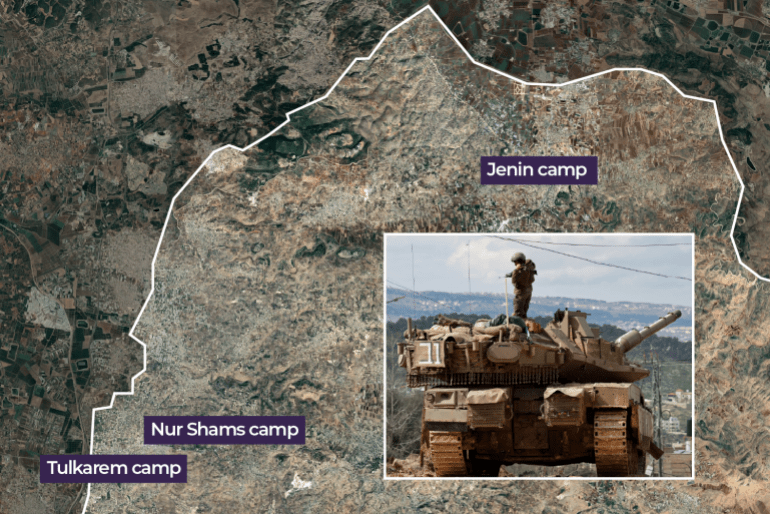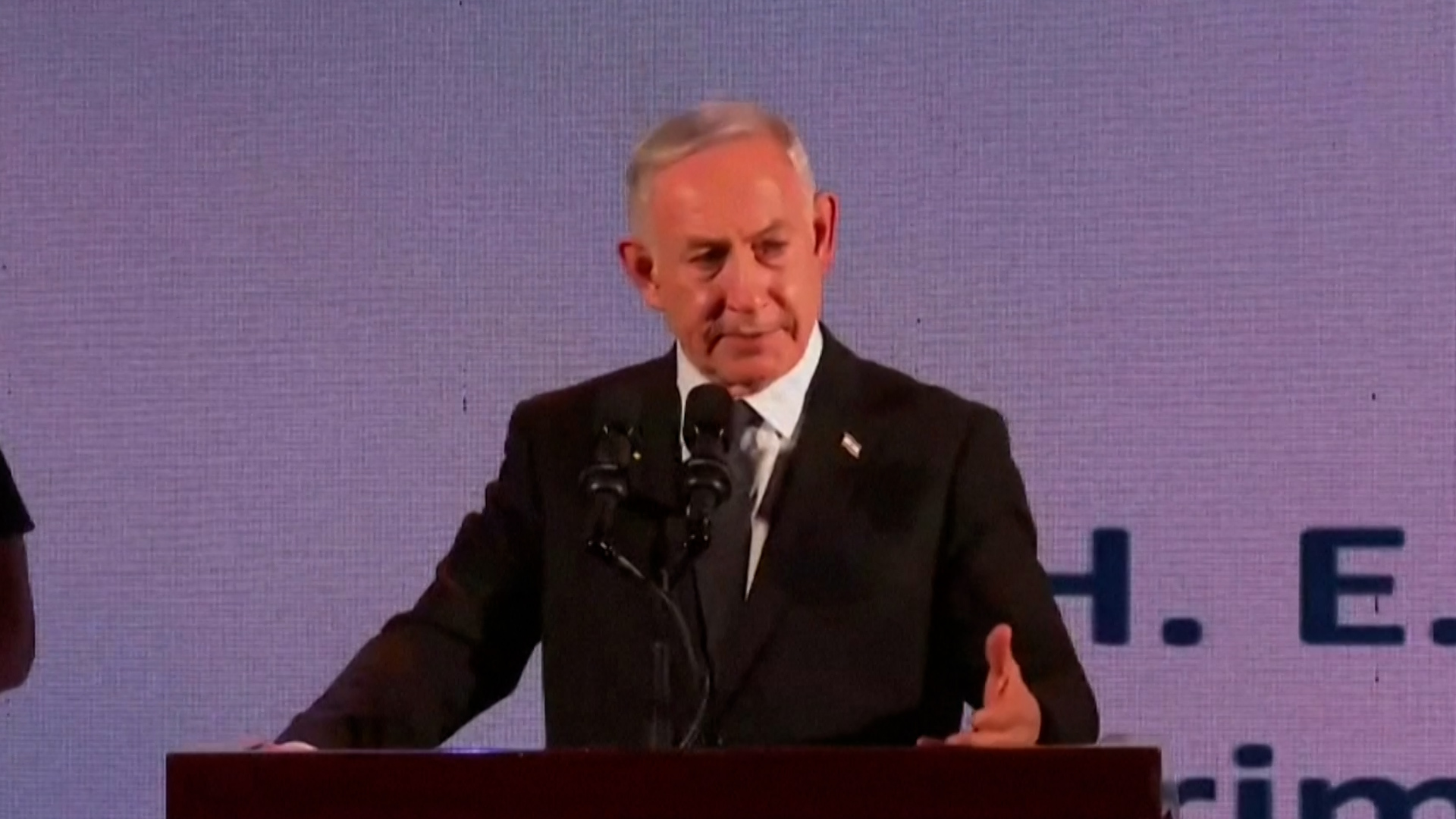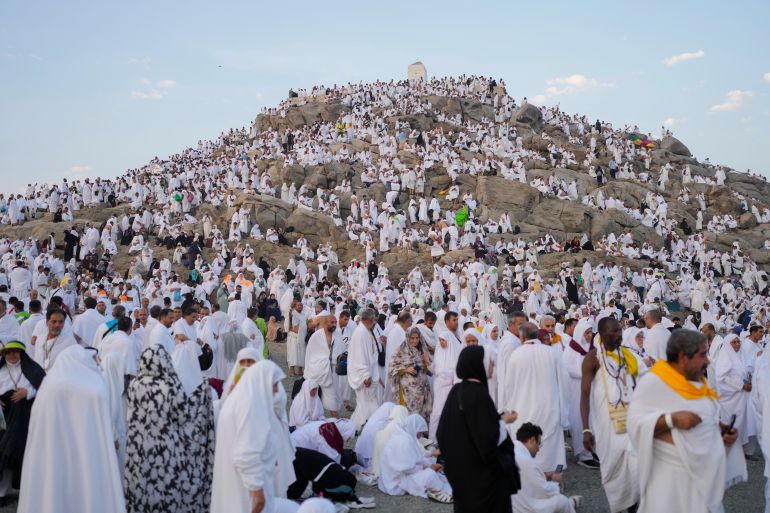The second-largest state in the country is at the center of a debate over whether and how to regulate smartphone use by children and teenagers, with Texas Governor Greg Abbott signing a bill into law that requires Apple and Alphabet to verify the age of users of their app stores.
On Tuesday, the bill was passed into law.
Users under 18 must have parental consent before apps can be downloaded or purchased in-app, according to the law, which goes into effect on January 1. The first US state to pass a similar law this year was Utah, and US lawmakers have also introduced a federal law.
A second Texas bill, which was approved in the state’s House of Representatives and is awaiting a vote in the Senate, would impose age restrictions on social media apps.
Wide support
One of the few areas where there is widespread consensus in the US is regarding age restrictions and parental consent for social media apps. In a Pew Research poll conducted in 2023, 81% of Americans supported requiring parental consent for children to create social media accounts, and 71% supported age verification before using social media.
Social media’s impact on children’s mental health is a growing global issue. The US surgeon general has issued an advisory on child safeguards, and dozens of US states have sued Meta Platforms. Social media for children under the age of 16 was banned in Australia last year, while Norway and other nations are considering new regulations.
How age restrictions are implemented has created a conflict between Apple and Google, the two main US app stores, and Meta, the owner of Instagram and Facebook.
The bill’s passage was applauded by Meta and the social media platforms Snap and X.
Parents want a one-stop shop to verify their child’s age and grant them permission to download apps in a privacy-preserving manner. More than one-third of US states have passed laws that acknowledge the crucial role that app stores play, according to the companies, and the app store is the best place for it.
The Texas law is likely to face legal challenges due to First Amendment issues, according to Kathleen Farley, vice president of litigation for the Chamber of Progress, an organization supported by Apple and Alphabet.
In an interview with the Reuters news agency on Tuesday, Farley claimed that “adult speech is burdened in attempting to regulate children’s speech.” There are arguments, according to “I’d say, that this is a content-based regulation that excludes digital communication.”
Parents can only have effective control over their children’s use of technology, according to online safety organizations that supported the Texas bill.
The issue is that the digital marketplace has failed to self-regulate apps, which place the safety and rights of children and families first, according to Casey Stefanski, executive director for the Digital Childhood Alliance.
The Texas bill, according to Apple and Google, imposes blanket requirements for sharing age data with all apps, even those that aren’t controversial.
App stores will be required to collect and maintain sensitive personal information for every Texasan who wants to download an app, even if it’s just an update on the weather or sports scores, according to Apple in a statement.
Google and Apple each have a different proposal that only requires sharing age range data with app developers, rather than all of them.
According to Kareem Ghanem, senior director of government affairs and public policy at Google, “we see a role for legislation here.”






